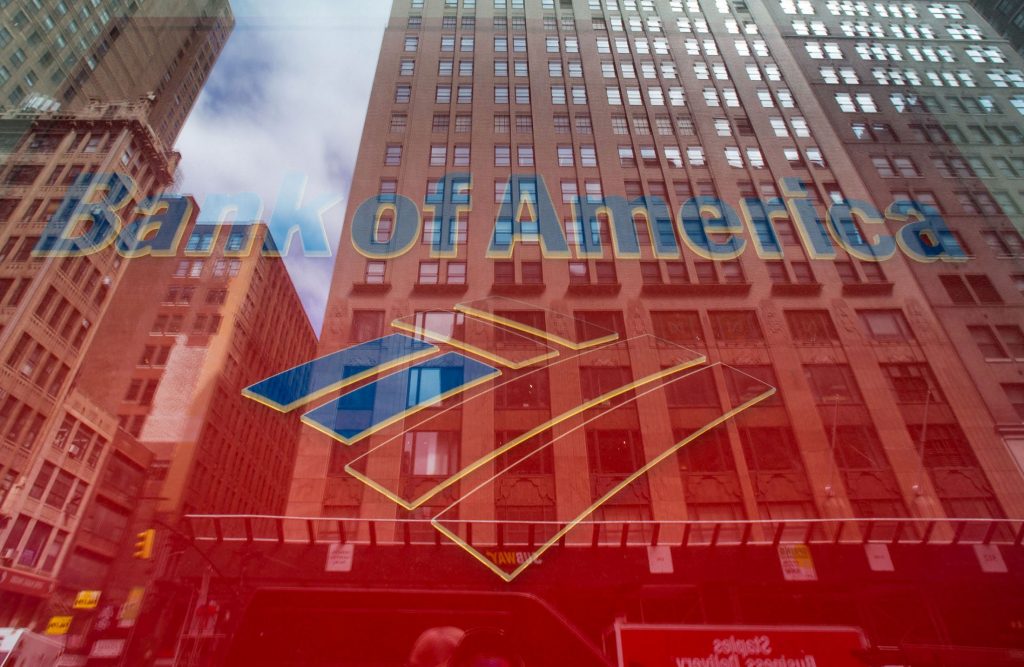Skift Take
Bank of America has a new premium loyalty credit card for the travel industry, but its uses may be limited. Still, for the right kind of traveler the new card can end up being very lucrative.
Points credit cards have surged in popularity over the last few years as consumers have started taking a healthier interest in using loyalty points for free travel and upgrades.
The industry has matured to where there are now several competing banks and products vying for a spot in the spendthrift’s pocketbook. This week, Bank of America also introduced a card to compete with the incumbents, though the value proposition is slightly different than a traditional rewards card.
Until recently, only one major premium credit card was the king of the hill among high spend travelers: the American Express Platinum card. Coming with a hefty annual fee (this year it went up from $450 to $550), the card rewards consumers with points for every purchase, issuing bonuses for transactions in categories like Travel or Dining. In turn, consumers can spend those points on one of many Membership Rewards partners or simply get credit for travel purchases.
Last year, a challenger entered the ring when Chase launched Sapphire Reserve, a card with similar benefits and a few different partners. Since then, American Express and JPMorgan have been sparring over benefits and customers, going tit-for-tat on perks like esoteric lounge memberships and partner credits. Chase, in fact, may have gone overboard and offered too many benefits, diluting the profit that JPMorgan actually realizes.
Along this journey, other banks and products have attempted to get into the market to cash in on these high spend, high value customers. In May of this year, UBS announced that it would launch a direct competitor to the Platinum and Sapphire Reserve Cards called the UBS Visa Infinite.
Now, Bank of America wants in. Last week, the bank announced that it would announce the Preferred Rewards credit card, but with a slight twist on the traditional earning and spending formula.
Like with other premium cards, Preferred Rewards will give consumers a range of points for every dollar spent on the card and those points will vary based on the category of purchase. Points will additionally be multiplied, however, if the customer has additional funds tied to the bank, perhaps in a savings or investment account. Regular consumers, for example, will be given two points for every dollar spent on travel or dining with the card. But if someone with $100,000 in savings gets the card, that person will earn 3.5 points for every dollar spent.
Where the new card doesn’t have a lot of strength is in the partnerships where consumers can use points. American Express and Chase Sapphire both have multiple hotel and airline partner accounts in which consumers can deposit points — often reaping a higher value than by simply using the points as cash. They also come with a Priority Pass membership, granting access to a network of airport lounges around the world, and a handful of other valuable travel benefits. On the other side of that equation, they also come with annual fees ranging from $450-$550 while Bank of America’s card only costs $95 each year.
Given the benefits, the best customers for Bank of America’s new card seem to be its current, highly invested customers who only travel occasionally and who are at risk of getting a Platinum or Sapphire Reserve card.
Whether the Premium Rewards credit card gains traction, too, is still unknown. So far, the Visa Infinite from UBS has failed to whip up a storm among the typical bloggers and analysts that regularly hawk credit cards. So far, the Preferred Rewards card, too, is being met with relative measure among the points cowboys around the web. But if Bank of America has enough wealthy customers to target for the card, it may survive well in its own separate bubble.
Skift Stories and More Expert Insight
JetBlue Switches to Customer Service Tool Built by Startup it Funded: JetBlue is one of many airlines investing in upgrading customer service in light of recent meltdowns and government investigations.
Hawaiian Airlines is Handling Customer Service Inquiries Via Text Message: As some of its competitors use bots programmed with artificial intelligence to answer travel questions, Hawaiian Airlines is going slightly retro with its customer service strategy — at least for the short term.
Marriott Unseats Wyndham as Best Hotel Loyalty Program in New Ranking: Alaska Airlines continued to scoop up awards for its distance-based loyalty program while Marriott took advantage of its recent merger in this year’s U.S. News and World Report’s loyalty program rankings.
The New York Times: Shoppers Have Many High-End Card Options, but for How Long? The increased competition could help customers. Banks sometimes waive annual fees or offer additional points for certain types of spending in order to drive business. And analysts say the companies’ desire to keep their cards distinctive may mean they offer more benefits. But whether enough people want to hold these cards may determine how sustainable the profusion is.
Réne’s Points: The Latest Delta SkyMiles / Medallion User Survey: What does Delta want to know? Based on the regular survey that Delta SkyMiles sends out, what can we infer about the program’s future?
Pizza in Motion: Hyatt Will Give You Points If Your Free Night Expires: It appears Hyatt has made a change to the free night awards that are a part of the World of Hyatt program.
The Daily Newsletter
Our daily coverage of the global travel industry. Written by editors and analysts from across Skift’s brands.
Have a confidential tip for Skift? Get in touch
Tags: credit cards, loyalty
Photo credit: A Bank of America office seen in a reflection. The brand has introduced a new premium credit card. Bloomberg
